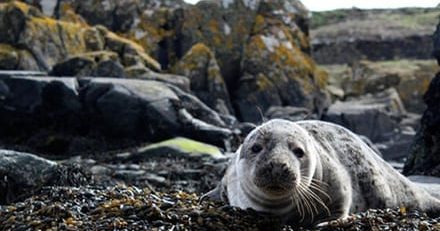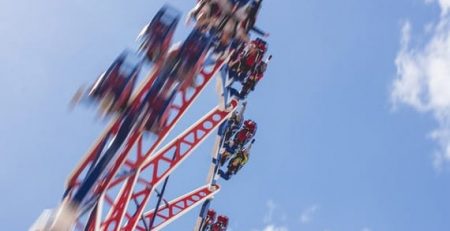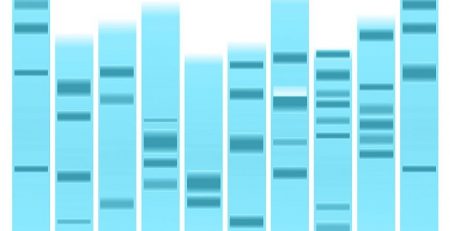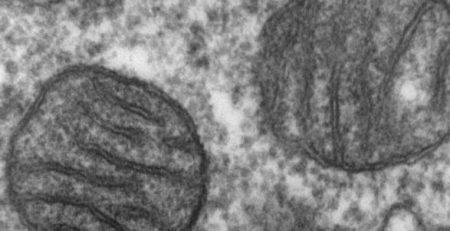Are our Behaviors a result of our genes?
Have you ever wondered if something was beyond your control or felt like you were inclined to do it? Sure you have, but the logical thought process is that is just an excuse. However, maybe not, while its unlikely we will be able to start blaming all of our behaviors and actions on our genes it is becoming clearer that our behaviors may be the result of our genes. Scientists have unraveled many of the links between our genes and physical traits. However, behaviors and what drives people are more subjective and harded to quantify. This is for obvious reasons, since we are products of not only our genes but our environments.
Biologists at Harvard University, led by Professor Hopi Hoekstra, have discovered a link between behavior and genes with a couple of simple tools. Using two different species of mice, a box full of sand and expanding foam. The researchers took oldfield mice and put them into that box full of sand and soil. Oldfield do not naturally build burrows in the wild. The researchers left the mice alone for two days to see what they did and despite the mice not naturally building borrows in the wild, they still all built the same basic type of burrows. The team was able to tell this because they used that expanding foam to fill in the burrowed holes and made a mold of the burrows that were dug.The oldfield mice tend to make large burrows with a long entrance tunnel, which then led to a burrow and finally an escape tunnel which would be just below the surface.
The team then took deer mice and repeated the same process. The deer mice were shown to build smaller tunnels that have shorter entrance tunnels, smaller nests and lack an escape tunnel.
The next step was to take those distinct species of mice and mate them together, creating an old-deer field mice mix . The result was that the children inherited the tendencies of the oldfield mice and proceeded to build the same type of burrows. This shows that this gene tends to be a genetically dominant trait and trumped the other genes of the same type. The team then decided to then mate the old-deer field mice mix with deer mice again. At this points the tunnels started to differ greatly. However, a still consistent factor was the upward facing escape hatch.
Given these similarities and differences in the burrow building behavior, the researchers were able to identify three regions in the genome that contributed to the length of the entrance tunnel. They were also able to locate a piece of genetic material that seemed to contribute to the escape hatch pattern.
Now that these genetic regions and material have been isolated the team can now proceed to try to isolate the genes causing these behaviors. Various studies seeing what happens if those genes are replaced can then be performed. It is also interesting to see how other genetic behaviors will be affected. One of the prominent differences besides the burrows built by these mice are that old-field mice are monogamous and deer mice polygamous. Can this be related to the old-field mices’ tendencies to build larger burrows? Are they making way for their families and partners?
This opens up a whole host of questions. Are you humans behaviors and ambitions pre-defined by their genes? How much is truly influenced by our environment? Given the complexity and environment of the human world, maybe these will never fully be identified. However, a very interesting subject has been breached.
Related Articles














